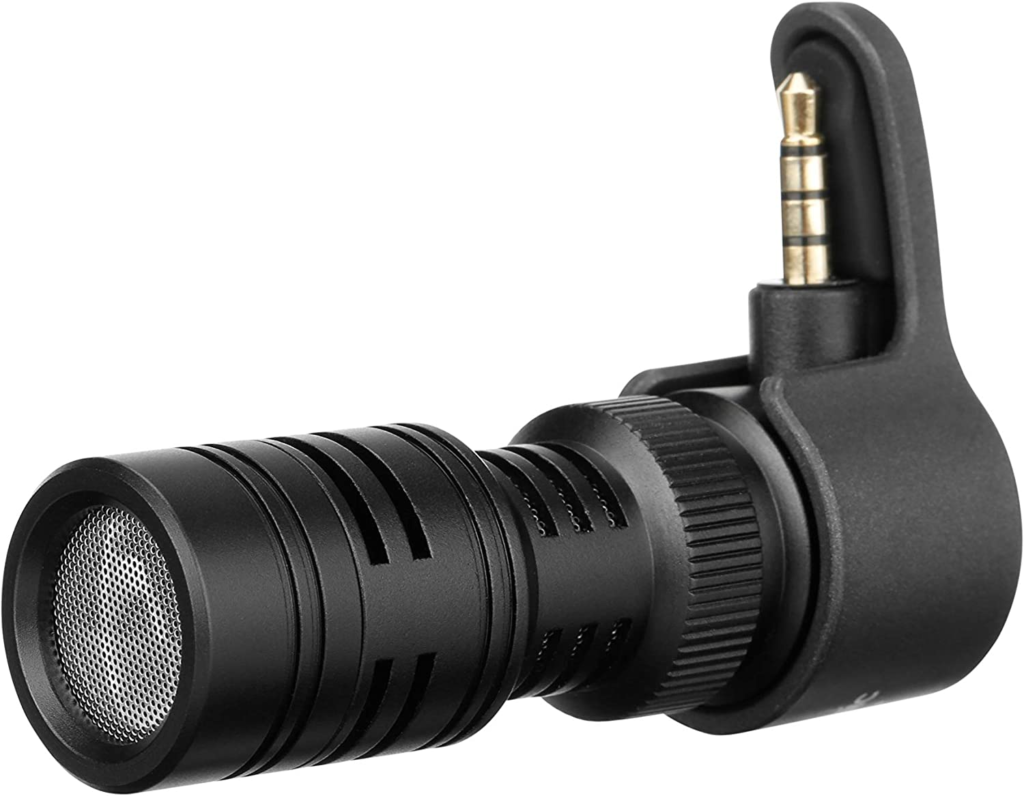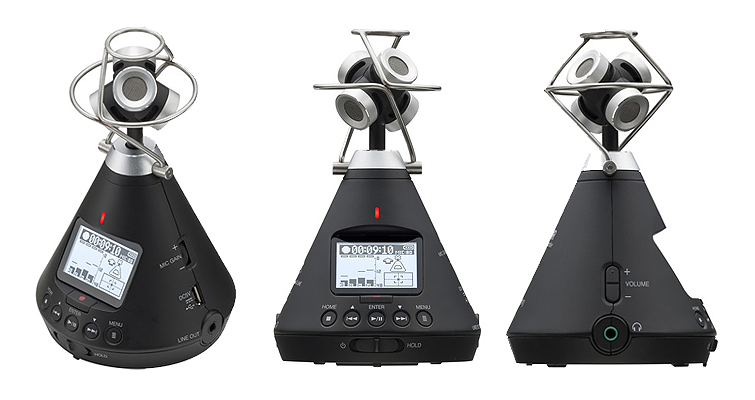Introduction
TRRS connectors, standing for “tip, ring, ring, sleeve,” are the unsung heroes behind the seamless connectivity of TRRS Microphones. These connectors, which first emerged in telephone systems during the early 1980s, have since taken center stage in linking headphones and microphones to a plethora of devices, including computers and smartphones.
In recent years, the ascendancy of TRRS Microphones has been nothing short of spectacular, propelled by the ubiquity of smartphones and tablets. These devices, often equipped with a single port accommodating both microphones and headphones, have become the ideal playground for TRRS Microphones. The adaptability of these microphones isn’t confined to personal gadgets alone; they have also become indispensable in video conferencing systems, gaming headsets, and numerous scenarios requiring high-quality audio input.
The Anatomy of TRRS Microphones
A TRRS Microphone, sometimes interchangeably known as a microphone with a TRS connector, harnesses the potential of a TRRS (tip, ring, ring, sleeve) connector to establish connections with a wide array of devices. These microphones are precision-engineered to capture sound with exceptional clarity and transmit it flawlessly to other devices, including computers and smartphones. You’ll commonly encounter them seamlessly integrated into headphones, gaming headsets, and various audio recording setups.
Delving into Technical Details
TRRS Microphones typically comprise four conductors, each with a unique role to play. The “tip” and “ring” conductors act as conduits for audio signals, ensuring that sound is faithfully transmitted. On the other hand, the “ring” and “sleeve” conductors serve as grounding elements for the microphone and provide power when necessary. The incorporation of the TRRS connector renders these microphones compatible with devices like smartphones and tablets.
Features and Advantages
TRRS Microphones come loaded with an impressive array of features that enhance their adaptability across a wide spectrum of use cases:
- Versatile Compatibility: These microphones display remarkable adaptability, seamlessly connecting with a wide array of devices, from computers and smartphones to tablets.
- Impeccable Sound Quality: These microphones are celebrated for their capacity to capture high-fidelity audio, making them the preferred choice for activities like music recording and interview sessions.
- Noise Isolation: Some models come equipped with advanced noise isolation technology, effectively minimizing background disturbances and enhancing audio quality.
- Directional Flexibility: These microphones are engineered to cater to various recording requirements, offering both omnidirectional and directional options, ensuring optimal sound capture in diverse scenarios.
- Customizable Settings: Certain models empower users by allowing adjustments to microphone sensitivity or gain, enabling precise customization of audio capture.
- Built to Last: Many of these microphones boast rugged exteriors and shock-resistant construction, ensuring longevity even in challenging environments.
- Diverse Designs: They are available in various forms, including handheld, clip-on, headset, and lavalier styles, providing an extensive range of options to suit distinct use cases.
What is a TRRS microphone?
A TRRS microphone, also called a TRS microphone, connects to a device using a TRRS (tip, ring, ring, sleeve) connector. TRRS microphones are made to pick up sound and send it to another device, like a computer or phone. They are often used in headphones, gaming headsets, and other devices that record and send sound.
How does the TRRS microphone work?
How to select the Right TRRS Microphone
Handheld: Handheld microphones are ergonomically designed for easy handling, making them the perfect choice for interviews and situations where portability is paramount.
Clip-On: Clip-on microphones are ingeniously designed for convenient attachment to clothing or objects, catering to hands-free applications.
Headset: Headset microphones are crafted to be worn on the head, making them ideal for gaming, streaming, and scenarios where quick and easy microphone access is essential.
Lavalier: Lavalier microphones, often referred to as “lapel” microphones, are discreet and meant to be worn on the body. They excel in interviews and situations where concealed microphones are required.




